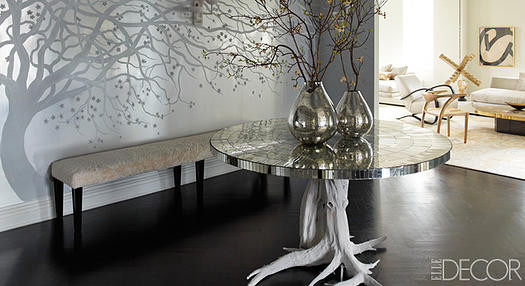In the early 1600s, wood flooring was primarily made of solid wood planks that were handcrafted and installed in a tongue-and-groove fashion. These floors were common in European homes of the time, especially in wealthier households.
During the 17th and 18th centuries, wood flooring became more refined and intricate in design. Parquet flooring, which consists of geometric patterns made from small wood pieces aka “small compartments”became popular during this period. Parquet flooring was often used in palaces and grand residences as a symbol of luxury and sophistication.
In the 19th century, with the Industrial Revolution, wood flooring production became more mechanized, making it more accessible to the general population. Wood flooring continued to evolve in terms of design and installation techniques. Different wood species were used, and new finishing methods were developed to enhance the durability and beauty of wood floors.
In the early to mid-20th century, with the advent of new materials like linoleum and carpeting, wood flooring fell out of favor to some extent. However, there was a resurgence of interest in wood flooring in the mid-20th century, especially with the popularity of mid-century modern design and the revival of traditional craftsmanship.
Today, wood flooring is a popular choice for both residential and commercial spaces. There are various types of wood flooring available, including solid hardwood, engineered wood, and laminate flooring. Wood flooring is valued for its durability, natural beauty, and timeless appeal, making it a versatile and timeless flooring option for a wide range of interior styles.

